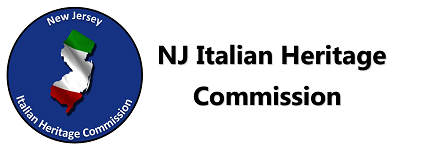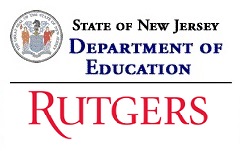Italian Heritage Curriculum
View Lesson Plans:
– Elementary School
– Middle School
– High School
– All Lessons
Unit Four: History & Society
View Lesson Plans
Lesson One: Natural Law
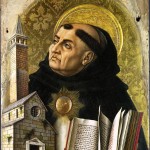
Subjects: Language Arts, Law, U.S. History, World History, World Languages
Description:
The theory of Natural Law is explored, highlighting the works of Cicero, Justinian, and Aquinas. Students identify a primeval concept of Natural Law in the play Antigone and then compare that concept to the words in the Declaration of Independence.
Lesson Two: Giovanni Pico della Mirandola and the Concept of Progress
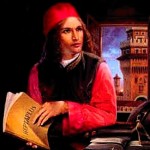
Subjects: Language Arts, Science, World History, World Languages
Description:
The lesson explains the intellectual change that took place during the Renaissance from a society based on the unchanging eternal to a society that accepted change and actively sought to bring beauty and improvements into the world.
Lesson Three: Alternatives to the Venetian Spice Monopoly
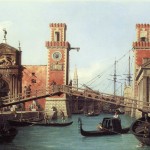
Subjects: Language Arts, World Languages
Description:
Students will explore the rise and fall of Venice as a center of Mediterranean trade.
Lesson Four: Understanding Stream-of-Consciousness through Leonardo da Vinci’s principle of Curiosita’
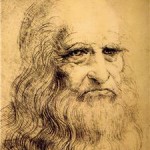
Subjects: Language Arts, Music, Performing Arts, World History
Description:
Students will participate in the Stream-of-Consciousness method, based on observations of Leonardo da Vinci’s work.
Lesson Five: All Men are Equal
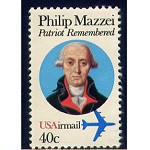
Subjects: Language Arts, Law, U.S. History, World History, World Languages
Description:
The concept of Equality from Paul of Tarsus in 48AD, through Ulpian in the 3rd century AD, to Filippo Mazzei’s influence on George Mason and Thomas Jefferson is presented. Dr. Martin Luther King’s understanding of the concept is explored.
Unit Five: Immigration & Prejudice
View Lesson Plans
Lesson One: Darwinism and Anti-Italian Sentiment
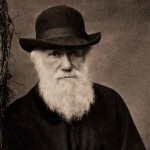
Subjects: Language Arts, Science, U.S. History, World Languages
Description:
This lesson investigates the belief from the turn of the twentieth century that different groups of people evolve differently from one another. Students learn how this belief affected changes in the United States immigration laws. They also research and report how history has proved the theory to be egregiously erroneous.
Lesson Two: Voices, Stereotypes in the Classroom
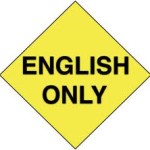
Subjects: Language Arts, World Languages
Description:
This lesson presents poetry that highlights the subtle and often overt ethnic stereotyping that can occur in classrooms.
Lesson Three: Overview of Immigration to America
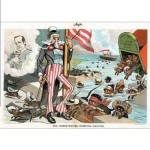
Subjects: Language Arts, N.J. History, U.S. History, World History, World Language
Description:
The lesson investigates immigration to New Jersey. It focuses on the encroachment of the market economy into the European peasantry at various times during the nineteenth century. Students explore various reasons for the emigrations to the United States of America.
Lesson Four: Italian Immigration to New Jersey, 1890
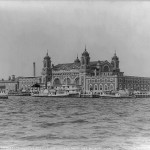
Subjects: Language Arts, N.J. History, U.S. History, World Languages
Description:
Reasons for Italian Immigration to New Jersey in 1890 and corresponding settlements are explored.
Lesson Five: Lynching Italian Americans and Mob Violence

Subjects: U.S. History, World Languages
Description:
The lesson investigates lynching and mob violence, focusing on the late-nineteenth-century lynching of Italian immigrants and the international ramifications.
Lesson Six: Italian Americans & World War II Detention Camps
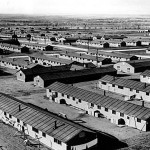
Subjects: Language Arts, N.J. History, U.S. History, World Languages
Description:
Students investigate the U.S. policy of detaining Italian nationals and other “enemy aliens” during World War II.
Unit Six: Arts & Sciences
View Lesson Plans
Lesson One: Thomas Jefferson’s Use of Palladio to Express Republican Virtues in Architecture
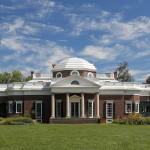
Subjects: Architecture, Art, U.S. History, World Languages
Description:
The lesson focuses on the symmetry found in late-eighteenth-century art, music, law, and architecture, inter alia. It highlights how Jefferson viewed this symmetry and order as republican virtues influenced by Palladian architecture.
Lesson Two: Who Invented What?
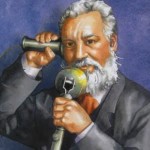
Subjects: Science, U.S. History, World History, World Languages
Description:
The controversies surrounding who invented the radio and the telephone are explored. Marconi and Meucci have great claims, but the students will research and decide.
Lesson Three: Italian Renaissance Art, Three Dimensional
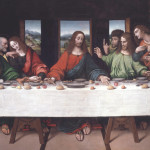
Subjects: Art, World History, World Languages
Description:
This lesson explores changes in art that took place from Medieval to the High Italian Renaissance to the late Italian Renaissance. Students will contrast four frescoes of The Last Supper.
Lesson Four: It is the Question That You Ask
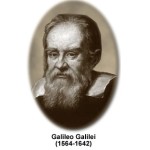
Subjects: Science, World History, World Languages
Description:
The lesson includes Galileo’s investigation of gravity. It emphasizes the shift from Aristotelian deductive reasoning to empiricism by changing the investigative question from why things fall to earth to how things fall to earth.
Lesson Five: The Flavian Amphitheatre, Bread and Circuses
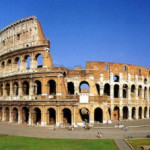
Subjects: Architecture, Art, Language Arts, U.S. History, World History, World Languages
Description:
The lesson focuses on Vespasian’s desire to build a great monument to honor himself and to keep the plebeians amused and content at the games. The lesson also highlights the ineffectiveness of slavery in a society.
Lesson Six: Nature’s Influence on Fibonacci

Subjects: World History and Global Studies, Mathematics
Description:
In this lesson, students will be able to identify Fibonacci as one of the central influences to the widespread use of the Hindo-Arabic numerical system and of mathematical formulas used in western education and commercial applications. The lesson will inform students so that they may briefly describe Fibonacci’s life and accomplishments. They will be able to infer what modern mathematics may be like had Fibonacci not traveled to North Africa. Furthermore, it will help to develop connections between Fibonacci’s Sequence, the Golden Rectangle, tnhe Golden Spiral and various items in nature.
Lesson Seven: Fibonacci and His Impact on Art and Architecture
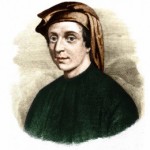
Subjects: World History and Global Studies, History and Social Studies, Mathematics
Description:
In this lesson, students will be able to identify Fibonacci as one of the central influences to the widespread use of the Hindo-Arabic numerical system and of mathematical formulas used in western education and commercial applications. The lesson will inform students so that they may briefly describe Fibonacci’s life and accomplishments. They will be able to develop connections between Fibonacci’s Sequence, the Golden Rectangle, the Golden Triangle, the Golden Star, and various pieces of art by famous Italian artists of the Renaissance. Furthermore, students will be able to critically analyze why artists use the Golden Ratio to help develop their works of art.
